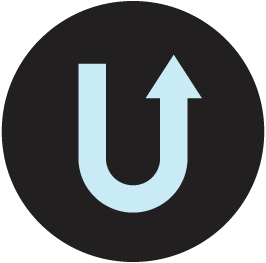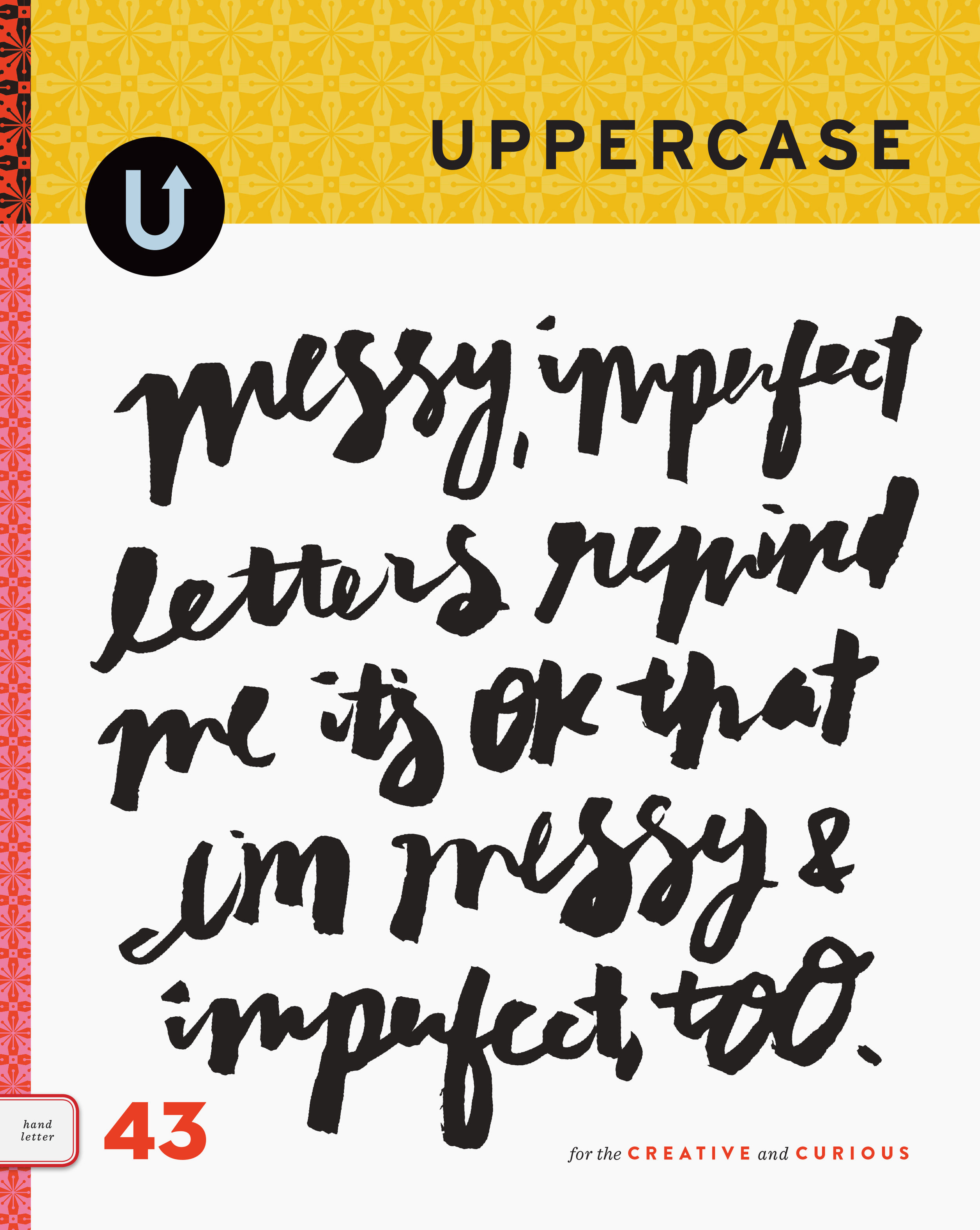The Case for Off-Line Creative: Textiles and Trampolines
/This post is the second in a series written by Christina Crook. Christina Crook has been a regular contributor in the pages of UPPERCASE magazine and we're happy to welcome her to the blog this week with a special guest post series on the case for being creative offline.
Samantha Cotterill:
Textile Design
After a five-year break from a painting career to have children, Samantha Cotterill (also known as mummysam,) returned to the art world as a self-taught fiber artist, creating one of a kind sculptures using all natural fibers. Today her energies are focused on creating a line of fabric designed exclusively for her Etsy shop.
“My current work is quite digital, with this past year seeing a big move from fiber drawings and sculptures to digitally coloured illustrations and textile designs. Many of my illustrations are based on raising a child with spectrum, and the textile design are a fun and playful outlet to explore my love of colour and pattern.”
Samantha’s relationship with the Web is something she’s given a lot of thought. Online she’s found Validation, a space to Experiment and an opportunity to Avoid. She’s recently implemented a specialized tool to curb her wayward online ways...A trampoline.
Describe your relationship with the Web. I have a love/hate relationship with the Web, and will probably continue to do so for as long as I allow the internet to be around me. The types of relationships I have struck with the internet are quite diverse, with each one occupying my life at varying degrees. Validation, avoidance, dependence, healing, experimental, past-time, and survival are but a few examples of the types of relationships I can have with the Web. I look to the internet for validation when posting new work and waiting for feedback, and avoid it when the time spent creating is being squashed by the endless hours of searching and looking at meaningless things. I depend on the internet to keep me creatively connected to others and help my business grow, and experiment with it when posting new work that is unlike anything I have done before.
What advice would you share with others regarding the interplay between the physical work of making and the online demands of the Internet? Make sure you are the devoting the time you need physically and emotionally to create a good body of work, and set up a structured routine that will eliminate any wasteful "let me just check this quickly" moments on the internet.
Do you try and restrict your time online? Why or why not? As a means of necessity, absolutely. While going on the internet can offer a wonderful source of inspiration, it's accessibility to all things creative can allow oneself to easily get lost in it and lose sight of how much physical work time is being neglected. I would mistakenly tell myself "just 20 more minutes and then I'll start work", and find myself still saying that 3 hours later. It takes time for me to get into a good work rhythm, and if I spend much of that time browsing the internet, then another day will have gone by without any real work being accomplished.
Do you have a structured approach to your use of the Internet such as set times you check email, do updates, etc? This is something I have only just implemented, after noticing the amount of wasteful time that was being spent from jumping back and forth between my work and the Web. With the recent implementation of a daily schedule and clock that sits right in front of me, I am trying to bring back a balance that stops my ADD brain from wanting to quickly check something on the internet just 5 seconds after opening up Photoshop.
I have forced myself to only check e-mails two times a day, which has been much more difficult than I thought. I didn't realize how much I was going to my e-mail, and even worse yet, checking my flickr account to see how many new views I had since my last check 3 minutes prior.
With the suggestion of a trampoline from a friend of mine, I now go and jump madly for a few seconds when I start noticing my little fingers starting to twitch as the "need" to check things on the internet gets stronger. (I know it sounds silly, but it works. Trust me).
There is a set time where update are made, and another set time for any networking that needs to be done for the growth of my business. I have even incorporated a set time for "free time", where I can spend some good guilt-free moments to have fun and just tinker about...






















